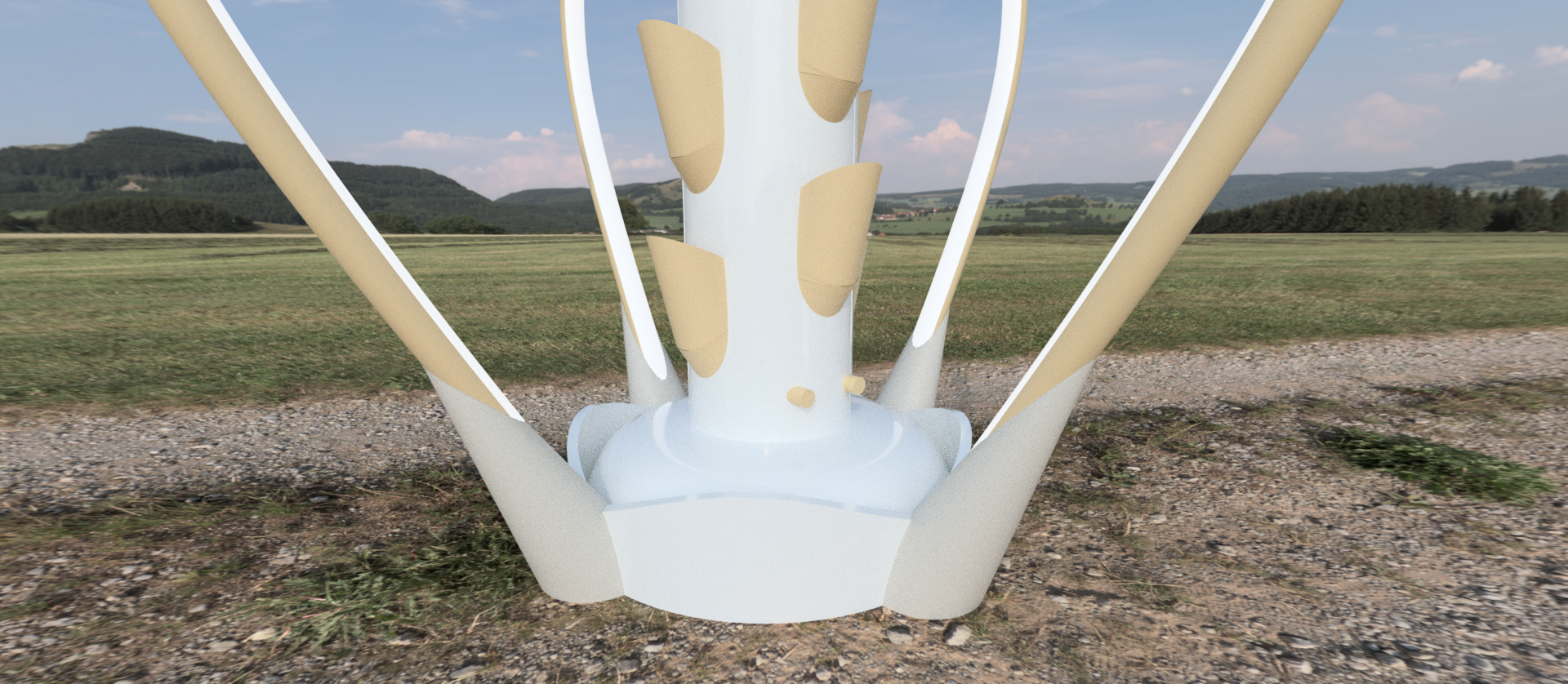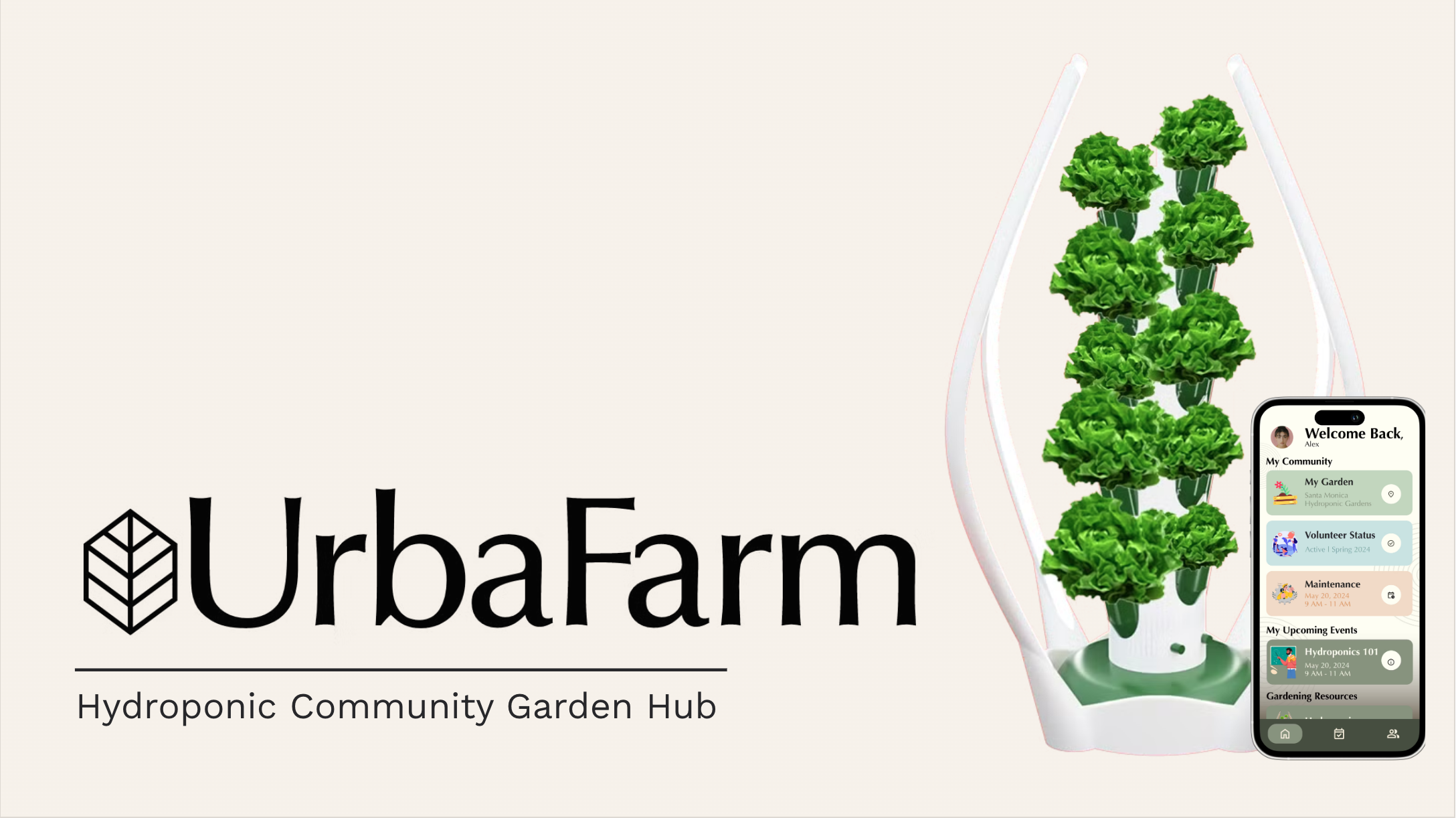UrbaFarm
A joint endeavor in product and interaction design to promote contemporary community gardening.
Brief
In IXD 330: Interaction Design Studio 2, each student challenged to design in ambiguity with the overarching topic of the Environment. Me and my team challenged ourselves to support the work of community gardens and help with the problems of limited space, seasonality, gaps in knowledge, and community interaction in urban settings.Time Frame: Spring 2024 (8 weeks)
Skills:
- User Research
- UI/UX Design
- Product Design
Tools: Figma, Mural, Photoshop, Physical 3D Modeling, & Autodesk Fusion360
Skills:
- User Research
- UI/UX Design
- Product Design
Tools: Figma, Mural, Photoshop, Physical 3D Modeling, & Autodesk Fusion360
Team:
Anna Gigliotti
Dani Torgusen
Angel Tolentino
Gio Tandera
“The Earth Enjoyers”
Anna Gigliotti
Dani Torgusen
Angel Tolentino
Gio Tandera
“The Earth Enjoyers”
Contributions
As a group project with my team, we each contributed to the process at every step of the way. Particularly, I helped with conducting interviews, desktop research, journey map, and the development of our CAD model. We each helped in the development of our design solution with prototyping, user interface, and final pitch presentation.Research
We did research in a variety of different frameworks that gave us insight on some key takeaways:
- The urban gardening market is growing rapidly, fueled by a desire for fresh, local produce, increased awareness of sustainability, and limited access to traditional gardening space.
- There are limitations such as lack of access to a backyard or suitable outdoor area for gardening, traditional outdoor gardens restricted by weather conditions, and new gardeners who might lack the knowledge or experience to succeed on their own.
- The urban gardening market is growing rapidly, fueled by a desire for fresh, local produce, increased awareness of sustainability, and limited access to traditional gardening space.
- There are limitations such as lack of access to a backyard or suitable outdoor area for gardening, traditional outdoor gardens restricted by weather conditions, and new gardeners who might lack the knowledge or experience to succeed on their own.





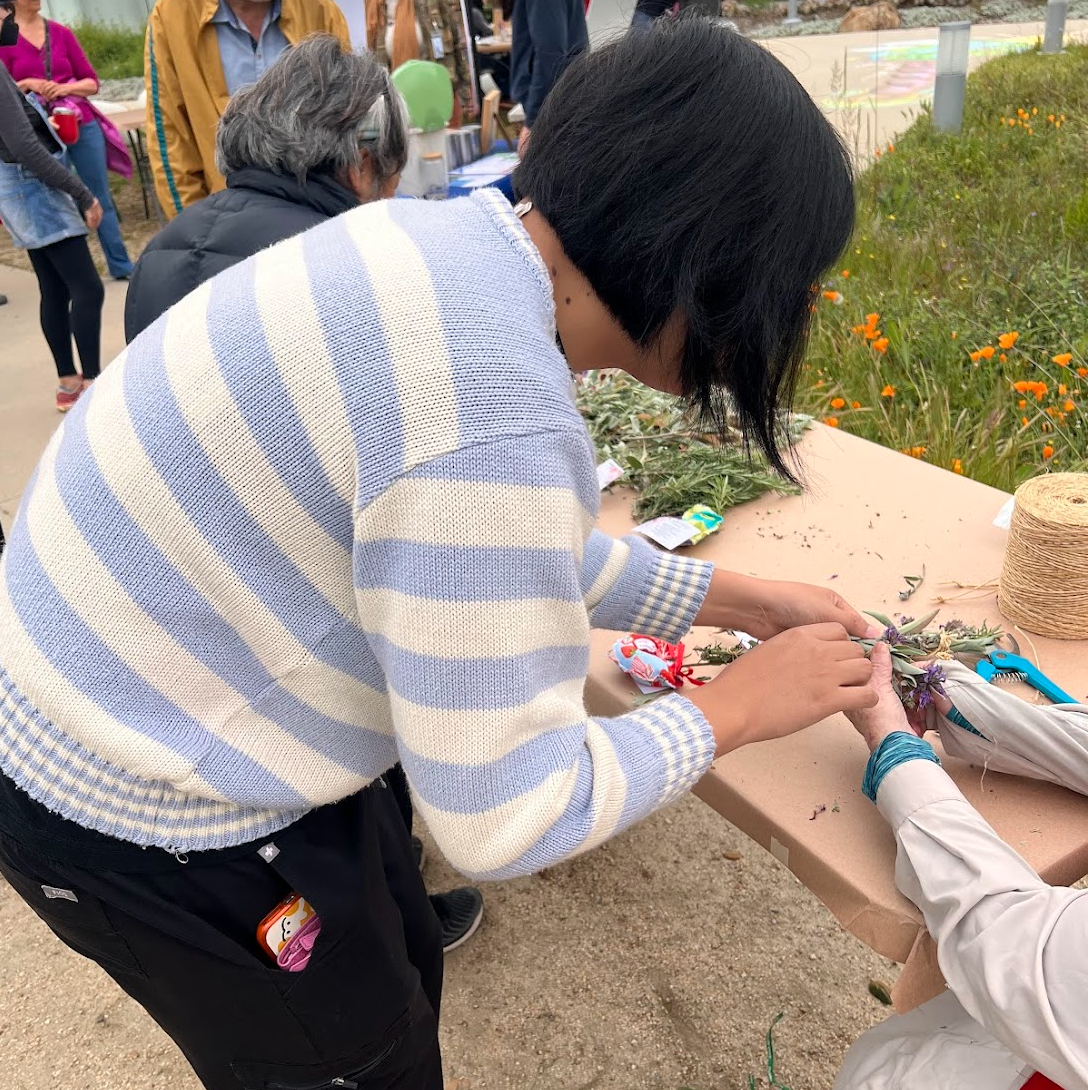


One of the most impactful methods of research we did was an on-site visit to Ishihara Learning Garden. Here, we learned about community gardening in practice through informational pamphlets, interviews, and hands-on planting. We learned of how this garden in particular is non-traditional: it does not use a plot system, instead having managers and volunteers share in the workload and yield.
I created the journey map to demonstrate how we would design both a physical and digital product that empowers individuals through hydroponics-based community gardens and enables people to connect, learn, and contribute to a sustainable food network in their own community.

Product Design
Precedents
We researched the structure andmechanics of other hydroponic garden systems to gain inspiration and understanding from.
Sketches
From there, we did a variety of sketches to understand our concept. We each came up with our own, then decided which we would like to formally use.


Early informational sketches informed how our design would work.

Early orthographics provided a good base for our 3D representation later.
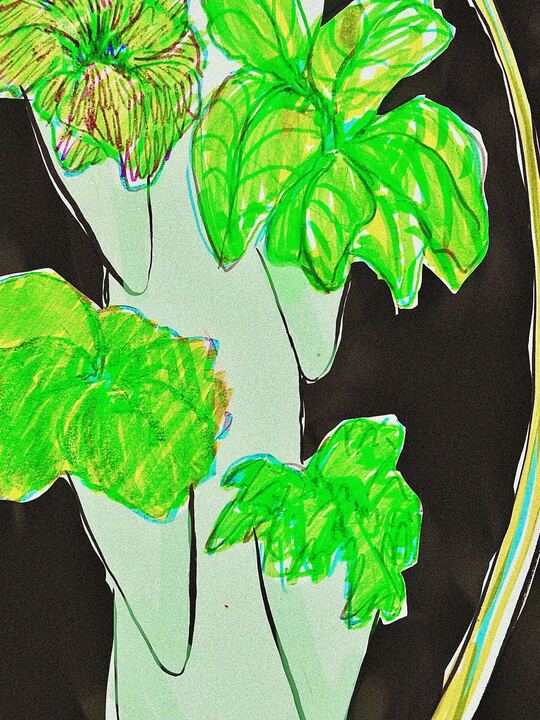
Emotional sketching demonstrated the verdant, natural emotions we wanted to elicit.
3D + CAD Modeling
I was specifically in charge of the 3D CAD design. This was made using Autodesk Fusion 360.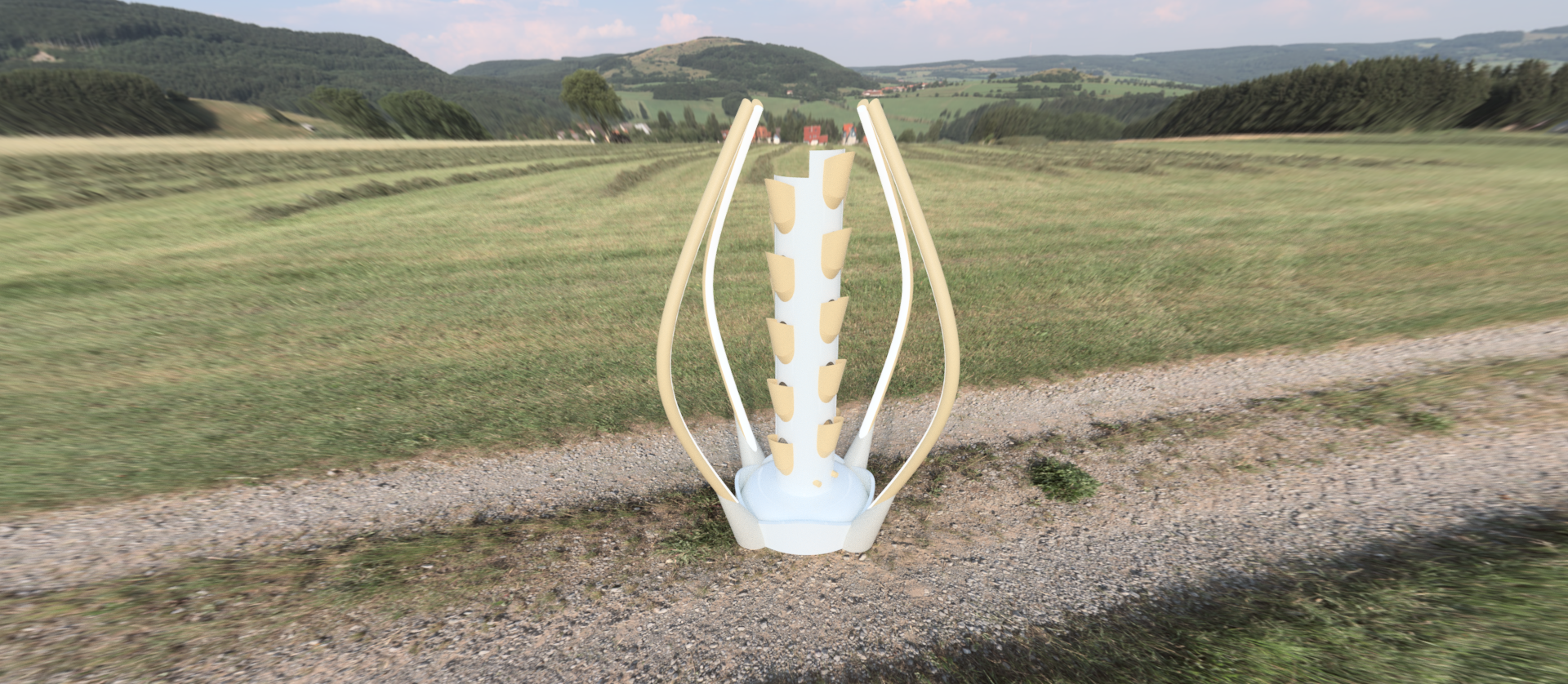
By providing an exploded view of the model, it allowed us to get a better idea of each component.

I then created high fidelity orthographics along with an informational graphic on how the hydroponic system works.
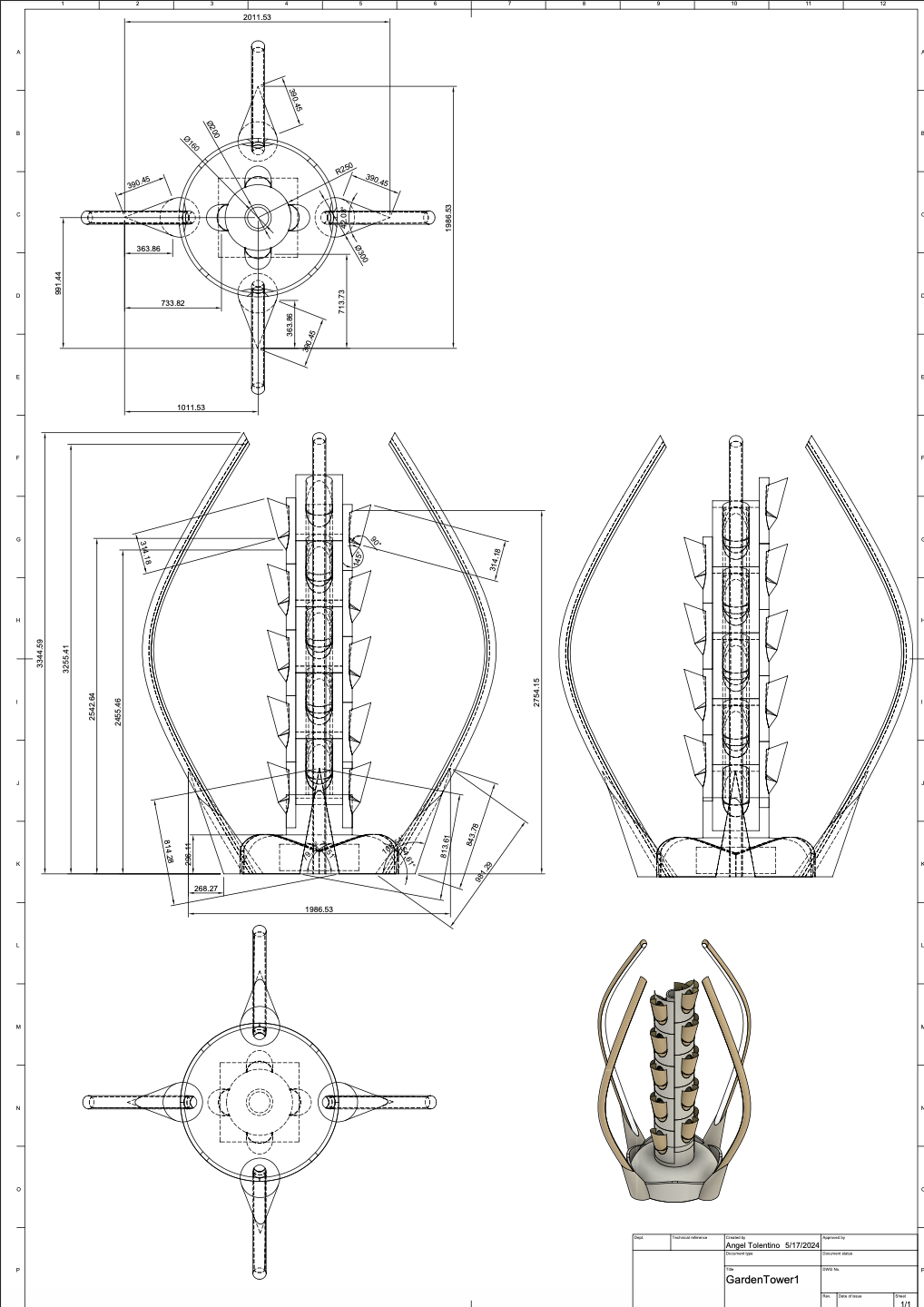

Physical mockups gave us insight on how the materials of our project affect our structure and mechanics.

Low Fidelity
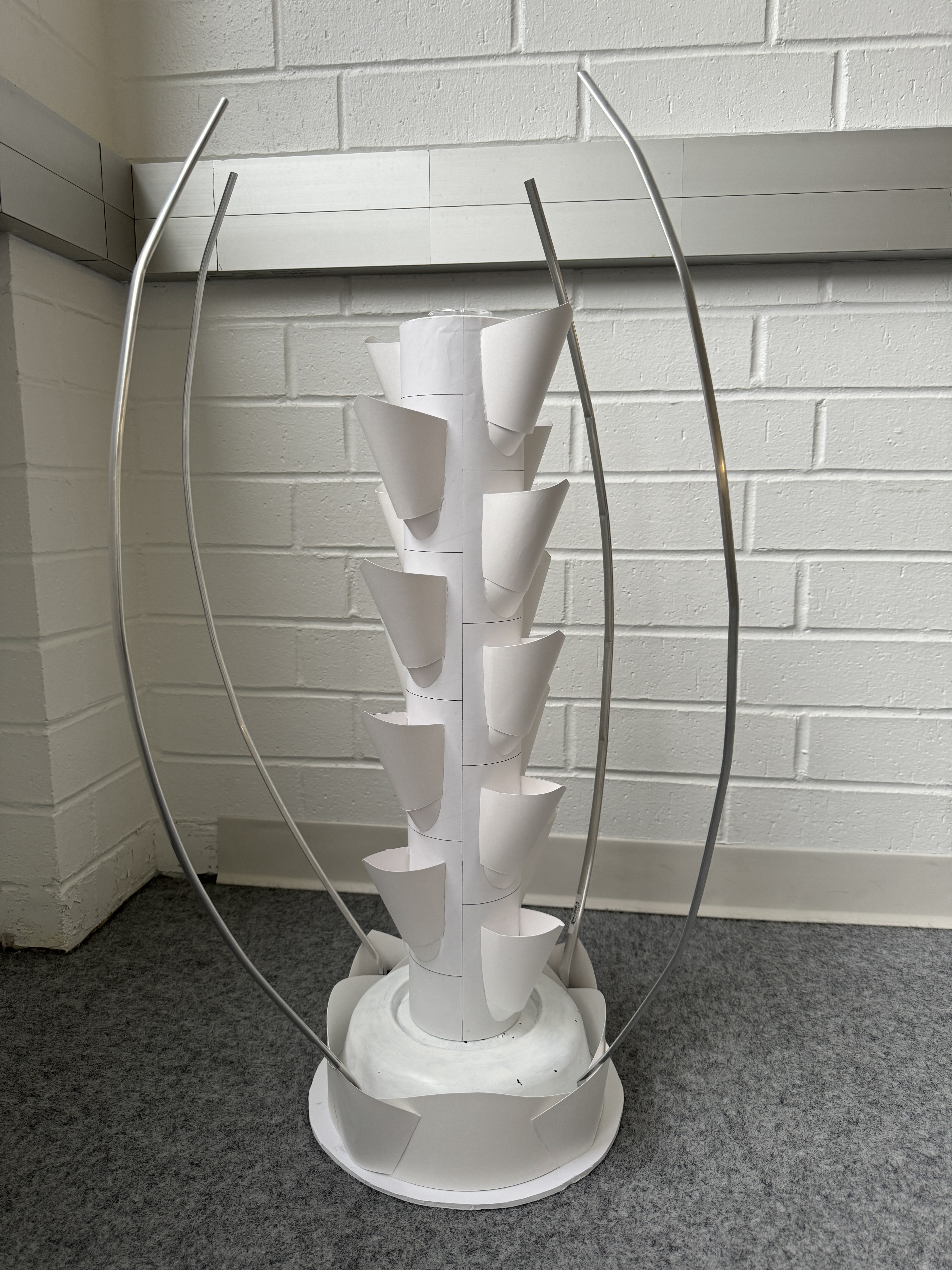
High Fidelity 1/4 Scale
Materials Research
In our product design class, we learned how to create a bill of materials for our product. We searched for sustainability and recyclability in our sourcing. 
Use Case Example
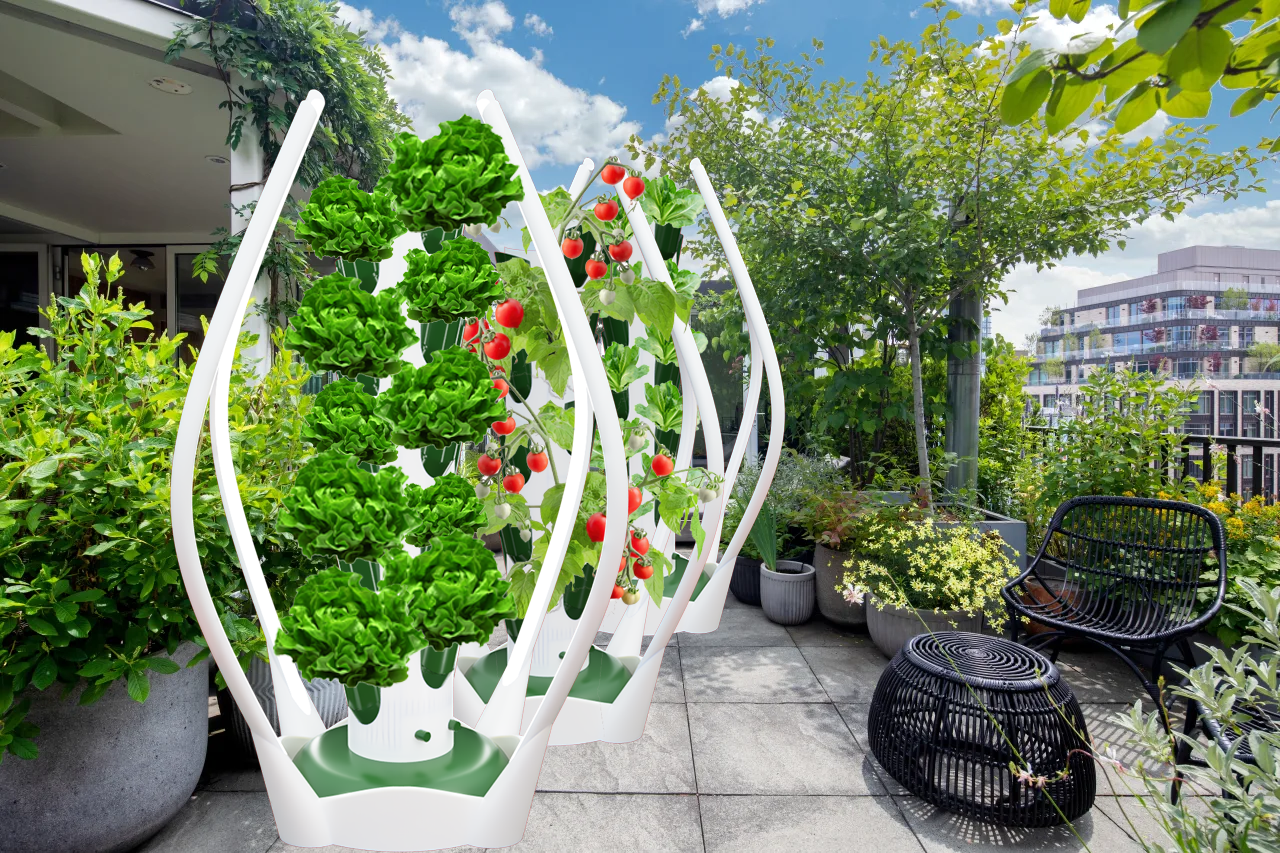
UI Design
Inspiration![]()
Aesop has a nice, clean aesthetic we wanted. Planta has a similar aesthetic and features we were interested in. Eventbrite held a booking system that would help for our calendar.Sketches
By me! They helped with the direction our prototype would eventually take.
Low/Mid Fidelity Prototypes
Originally, we had different features to our app such as a Plant Dr, Plot Reservation System, and My Plants section. However, after user testing and pitch feedback, we refined our scope to prioritize our goal: community. 
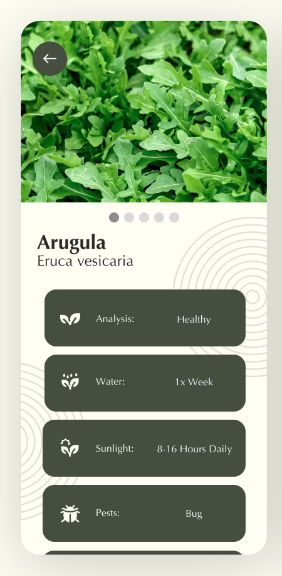

The Plot Reservation System was made so that people could have their own garden tower to grow their own plants. This would be replaced by a communal volunteer system much like Ishihara Learning Garden.
Flow Chart
This mapped the scope of interactions we wanted to cover.
Final Features
Signing Up
Joining the app means joining a community garden. Users can sign up for their preferred location as well as what seasons they’d like to start volunteering for initially.
![]()
Joining the app means joining a community garden. Users can sign up for their preferred location as well as what seasons they’d like to start volunteering for initially.

Home Page
The home page contains all the information one might need to understand the process: their garden, volunteer status, events, and resources.
![]()
The home page contains all the information one might need to understand the process: their garden, volunteer status, events, and resources.
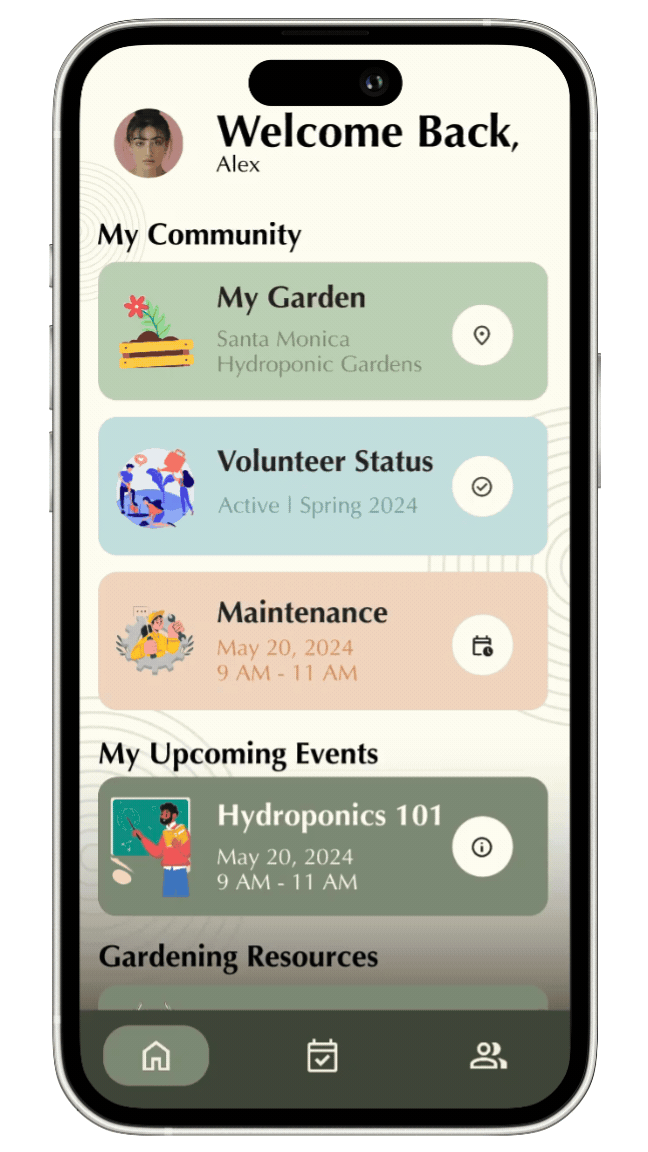
Calendar/Events
The monthly calendar includes all the different events and maintenance days for the garden along with signing up for them. I was in charge of this particular UI.
![]()
The monthly calendar includes all the different events and maintenance days for the garden along with signing up for them. I was in charge of this particular UI.
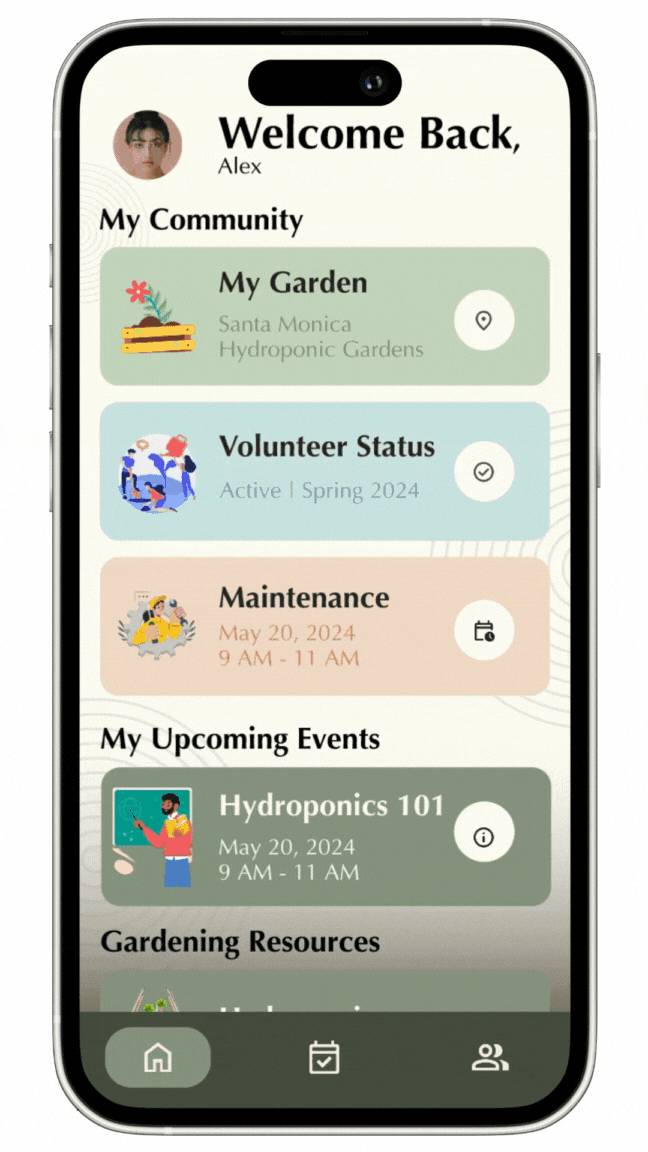
Map
The map of each garden contains key details that show us how each garden runs.
![]()
The map of each garden contains key details that show us how each garden runs.

Hydroponics
We found that many of our users were unfamiliar with hydroponics and our specific design, so we created a section to inform them.![]()
We found that many of our users were unfamiliar with hydroponics and our specific design, so we created a section to inform them.

Messaging Board
Managed by community garden organizers, this allows users to send and receive messages from other members of their garden.
![]()
Managed by community garden organizers, this allows users to send and receive messages from other members of their garden.
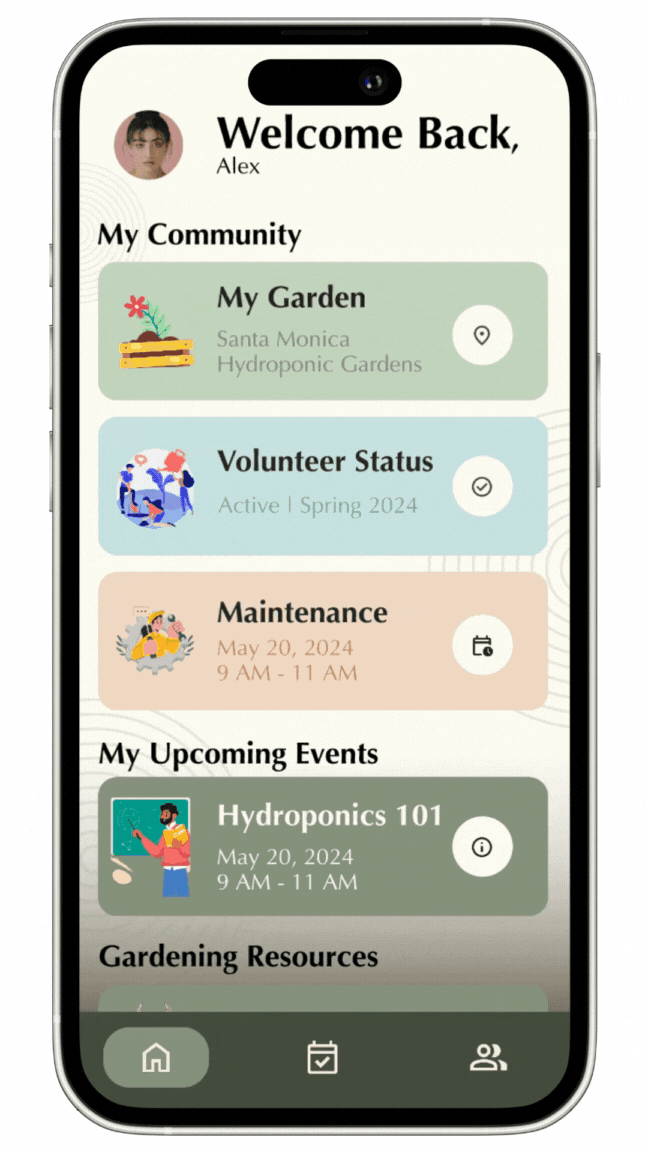
Further Considerations
Community Garden Management UI/UX
We designed this project from the perspective a first-time community gardener, but exploring how this app could look for plot managers could further develop insights on our product.Further Product Development
This project's intended userbase was for people who did not have access to their own hydroponic tower system due to cost or space. However, we recognize that our product might appeal to a market that does and could be seen as a standalone tower in the future.Stakeholder Presentation
After our initial research, we have not reached out to Santa Monica Community Gardens since developing the project. We would love to present to them as well as Ferris Kawar, Santa Monica College's Sustainability Manager on our proposal and gain more feedback.